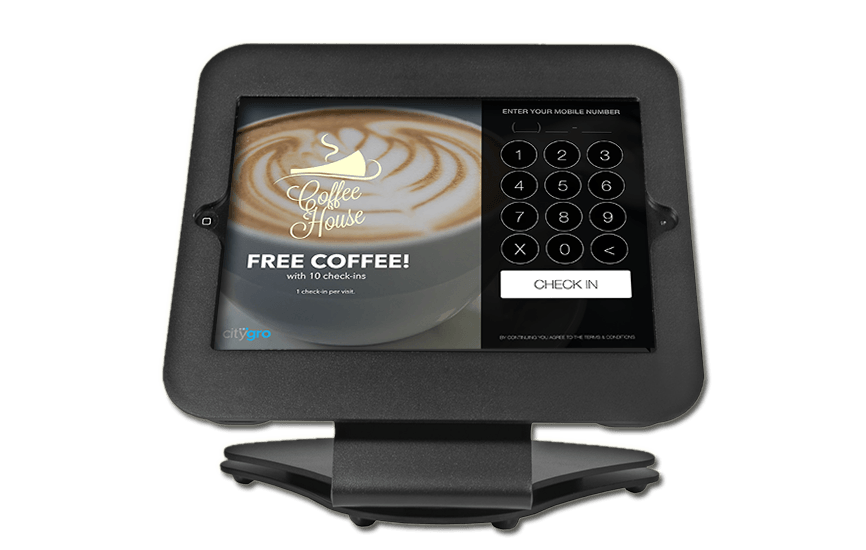3 How-to Strategies For Your Brick-and-Mortar Marketing
What is brick-and-mortar marketing?
Brick and mortar marketing refers to marketing strategies implemented by a traditional storefront, serving customers face-to-face. In today’s competitive market, owning a brick-and-mortar business can be difficult. In fact, some would say nearly impossible! This is where having solid brick and mortar marketing strategies becomes a crucial ingredient to your business’s success.
With the convenience of online shopping, it seems as though consumers are less and less willing to drag themselves to a physical store when they have the alternative option of staying home. For instance, in 2014 the National Retail Federation reported that there were nearly 6 million fewer shoppers over the Thanksgiving weekend for Black Friday, with overall spending down about 11 percent compared to previous years. Compare this to Cyber Monday sales which were up 8.7 percent from 2013.
This convenience has also led to increased shopping expectations. In a recent study performed by Forrester Research, it was discovered that 56 percent of consumers have used a mobile device to research products at home, and 38 percent have used a mobile device to check inventory availability while on their way to a store.
So, how do we overcome this growing difficulty? Here are 3 proven strategies to help with your brick-and-mortar advertising.
Brick and Mortar Marketing Strategies
1. Create a Destination
In today’s world, it’s all about transforming your traditional brick-and-mortar business into a destination—a place where customers are excited to visit. Superior customer service, extensive product/service knowledge from employees, and your storefronts overall look/feel are all vital pieces of the puzzle.
The first priority for any brick-and-mortar marketing plan is to attract customers to the store. One way of accomplishing this is through quality signage that effectively identifies the business and accurately reflects branding. Remember, you can never take back a first impression. Implement signage that reflects an inviting impression, rather than intimidating or dull.
Next, invest adequate time towards training staff members on product/service and customer service techniques. Your employees must be viewed as specialists on the product/service your business is providing. Having a knowledgeable staff with sincere customer service abilities will help transform your brick-and-mortar location into a destination where customers enjoy and feel comfortable visiting.

Want to learn how to text message market like a boss? Sign up for our FREE online course!
You will learn:
- How to build your texting network
- How to set up automated text marketing campaign
- How to send effective text blasts
2. Use Social Media
Social media is a necessity in today’s world of marketing. When it comes to owning a brick-and-mortar location, social media can be used as a way to attract, target, and retain local customers. This can be accomplished through paid (targeted) ads, giveaways, exclusive social media offers, incentives for following or liking your business, product updates, etc. Above anything else, consistency is key. Create a plan and stick to it. If your plan is to make a Facebook post once per week, make sure you’re committed to fulfilling that goal. Remember, always maintain professionalism.
3. Build a Customer Database
In recent years, database marketing has grown exceptionally strong, especially within brick-and-mortar marketing plans. Why? Because it works! Simply put, database marketing is a form of direct marketing using databases of customers or potential customers to generate personalized communications in order to promote a product or service for marketing purposes.
Lets look at the numbers… The probability of selling to an existing customer is 60-70%, while the probability of selling to a new prospect is 5-20%. Additionally, according to Gartner Group, 80% of your company’s future revenue will come from just 20% of your existing customers. Having a customer database gives you the power to instantly communicate with existing customers, (80% of your revenue source).
For brick-and-mortar businesses the most common practice of database marketing comes by collecting data from existing customers and then using that data to communicate personalized marketing messages. Data commonly collected include email addresses, phone numbers, mailing addresses, etc. There are many ways you can collect this data, but here are a few ideas to consider.
- Newsletter sign-up sheet
- Fish bowls (Drop your business card for your chance to win!)
- CityGro App for iPad
These are just a few ideas we’ve found effective for brick-and-mortar marketing. What has worked well for your brick-and-mortar business?
To learn more about building a customer database through loyalty marketing, check out Loyalty Marketing Keeps Customers Coming Back







 Get this section from Jon. Get this section from Jon. Get this section from Jon. Get this section from Jon. Get this section from Jon. Get this section from Jon. Get this section from Jon. Get this section from Jon. Get this section from Jon.
Get this section from Jon. Get this section from Jon. Get this section from Jon. Get this section from Jon. Get this section from Jon. Get this section from Jon. Get this section from Jon. Get this section from Jon. Get this section from Jon.

